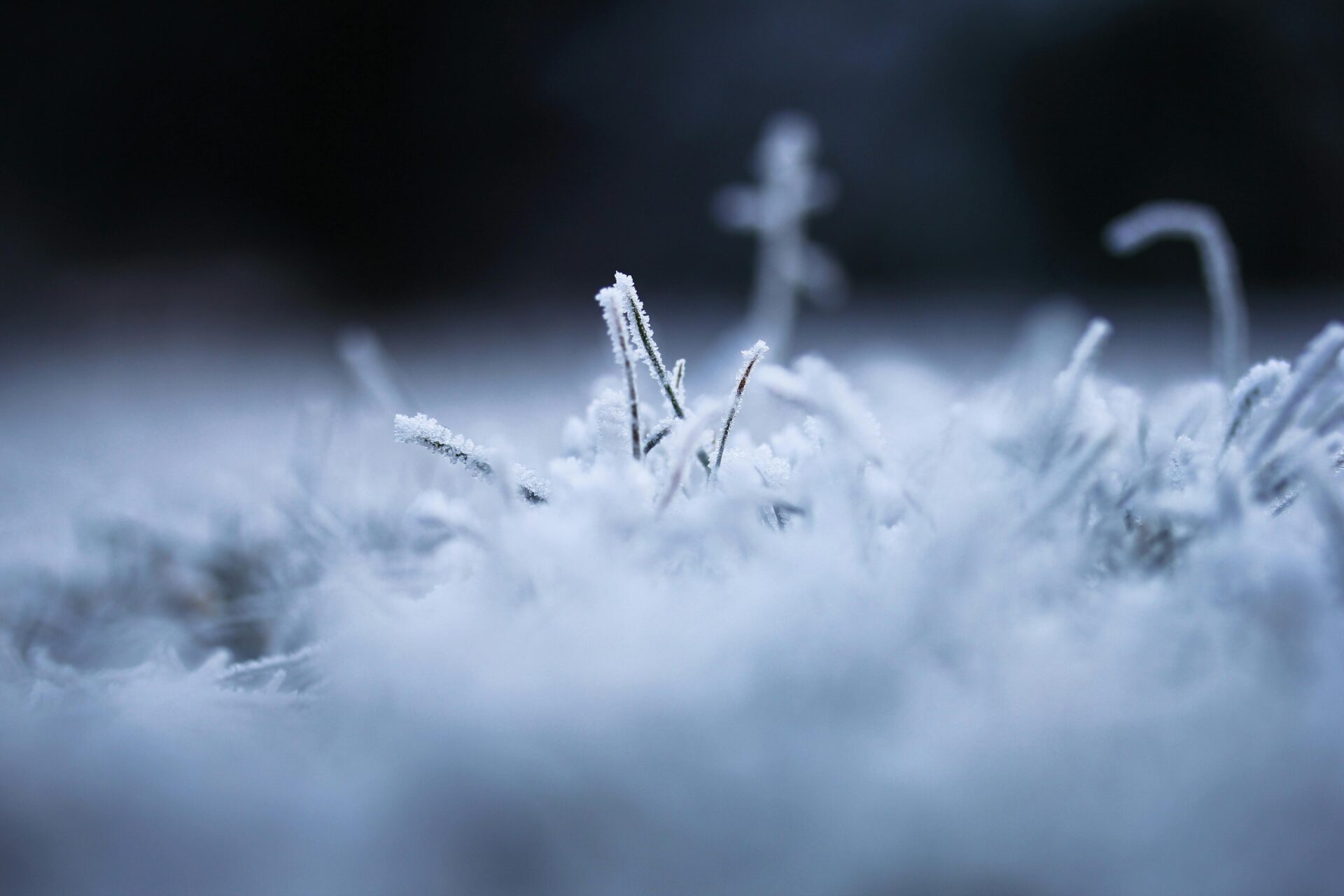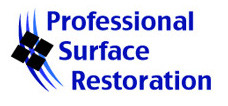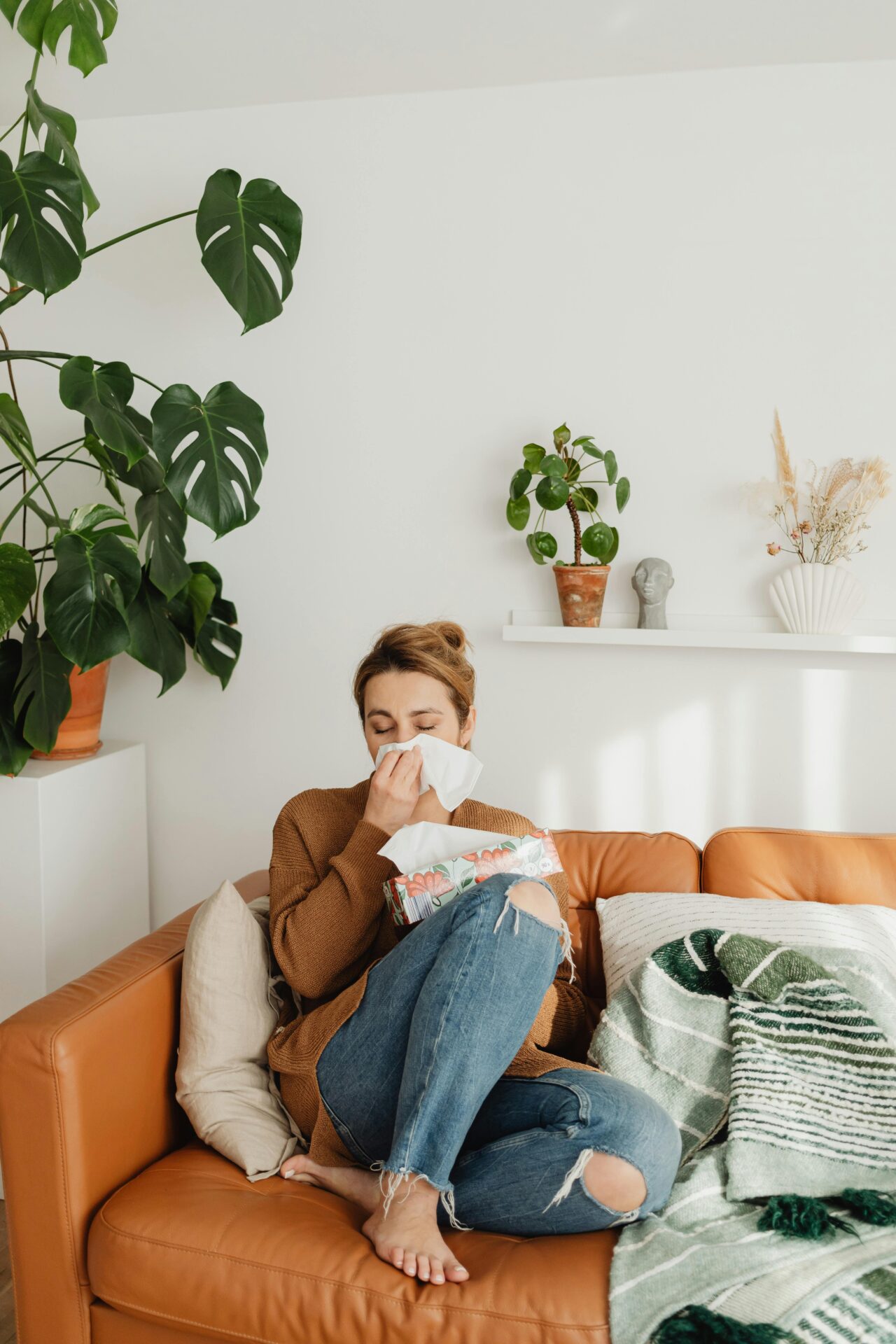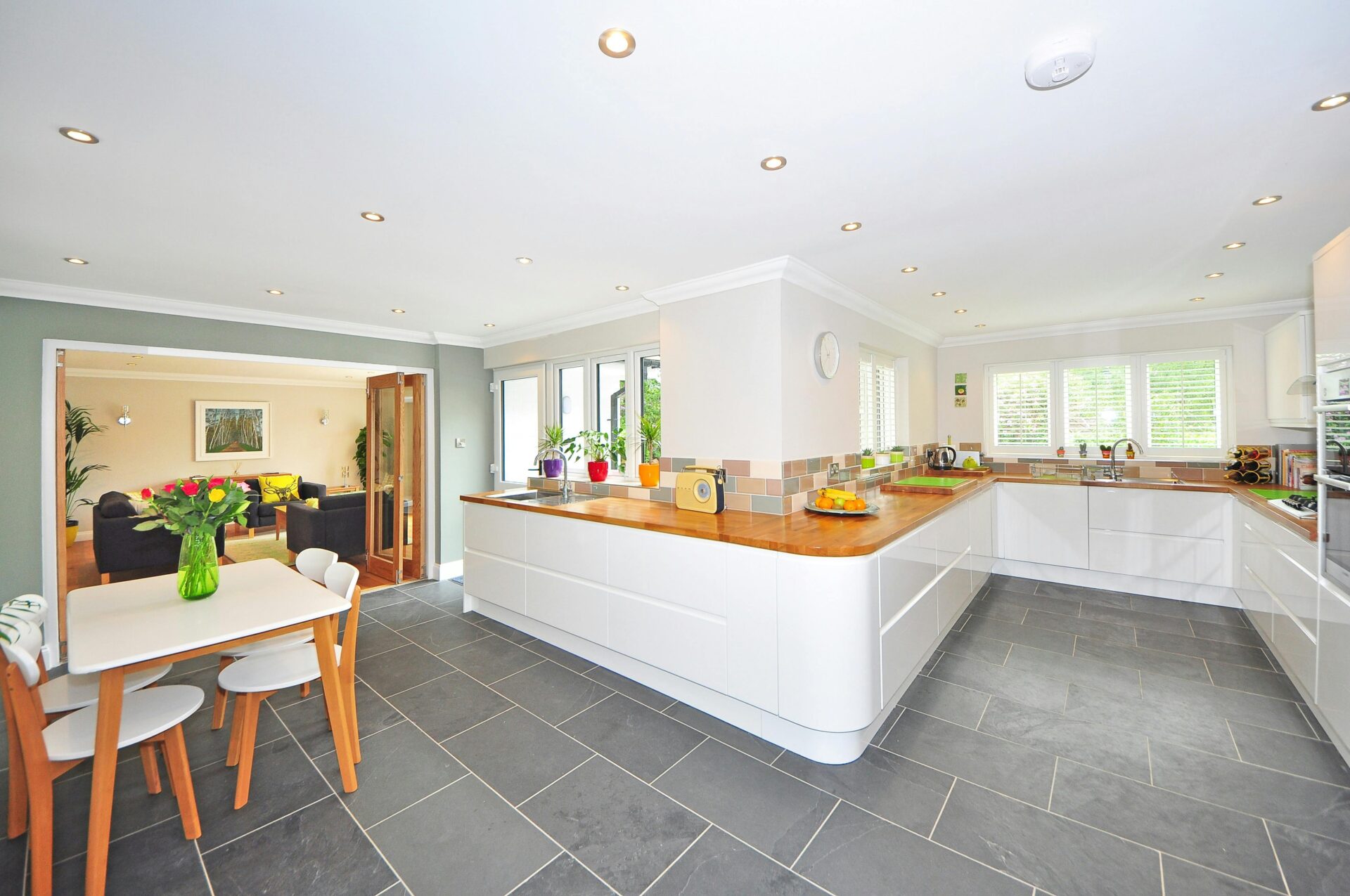
Carpets can add warmth and comfort to any home, providing a soft surface for our feet and a splash of style to our living spaces. However, beneath the plush exterior lies a world teeming with unseen occupants that could be affecting your home’s air quality and your family’s health. From bacteria and allergens to microscopic dust mites, your carpet can harbor more than you might expect.
Let’s uncover the hidden life within your carpets and explore how professional carpet cleaning can help safeguard your home.
A Breeding Ground for Allergens and Bacteria
Carpets are excellent at trapping dust particles, pet dander, pollen, and other allergens. While this prevents such particles from circulating in the air, it also means that they accumulate in the carpet fibers. Every step you take can release these particles back into your environment, potentially triggering allergic reactions or respiratory issues.
Moreover, carpets can become breeding grounds for bacteria and mold. Spills and moisture that are not thoroughly cleaned up provide an ideal environment for these organisms to thrive. The warmth of your home only adds to the suitability of these conditions, making your carpet an even more welcoming habitat for microbes.
RELATED ARTICLE: Tackling Fall Allergies: How Clean Floors Can Make a Difference
Dust Mites: The Unseen Inhabitants
One of the most common yet unseen threats that thrive in carpet fibers is dust mites. These tiny creatures feed on the skin flakes that humans naturally shed. Although harmless in themselves, their feces and body fragments can become allergens. When disturbed by daily activities like walking or vacuuming, these allergens can easily become airborne and exacerbate conditions like asthma and allergies.
The Danger of Not Cleaning Properly
Vacuuming regularly is essential for maintaining a clean carpet, but standard vacuums are not always effective at removing all contaminants. Over time, the accumulation of these particles and organisms can lead to poorer indoor air quality and potentially pose health risks to occupants, especially children and pets who spend more time closer to the floor.
Additionally, without regular and thorough cleaning, your carpet can begin to deteriorate prematurely. Grit and debris that embed deeper into the fibers can wear them down over time, shortening the lifespan of your carpet.
RELATED ARTICLE: Top 5 Reasons to Invest in Professional Floor Cleaning Before Selling Your Home
How Professional Cleaning Makes a Difference
Professional carpet cleaning goes beyond the capabilities of regular home vacuuming and spot cleaning. Here’s how experts can help keep your carpets clean and your home healthy:
- Deep Cleaning Technology: Professional cleaners use powerful equipment that can remove deeply embedded dirt and organisms that regular vacuums can’t reach. This equipment often combines high heat, strong suction, and specialized cleaning solutions to effectively eliminate dust mites, bacteria, and allergens.
- Specialized Techniques: Depending on the type of carpet and the extent of contamination, professionals may use different cleaning methods, such as steam cleaning, dry cleaning, or hot water extraction. These methods ensure that the carpet is not only visibly clean but also hygienically clean.
- Mold and Mildew Removal: Professionals can also address issues like mold and mildew, which can be particularly tricky to remove with DIY methods. They use products that kill mold spores without damaging the carpet fibers.
- Preventative Measures: Beyond just cleaning, professional services can apply treatments to help repel dirt and protect fibers from future spills and stains. This not only keeps your carpets cleaner for longer but also makes maintenance easier.
Keep Your Home Clean and Healthy
The secret life of your carpet is more active than you might have imagined, playing host to a variety of particles and organisms that can impact your health and your home’s cleanliness. Investing in professional carpet cleaning services is not just about maintaining aesthetics; it’s about ensuring a clean, safe, and healthy living environment. With the right care, you can extend the life of your carpets and enjoy a fresher, cleaner home.
Don’t let the unseen jeopardize your comfort—consider scheduling a professional carpet cleaning today. Dial (419) 705-8693 or contact us.



